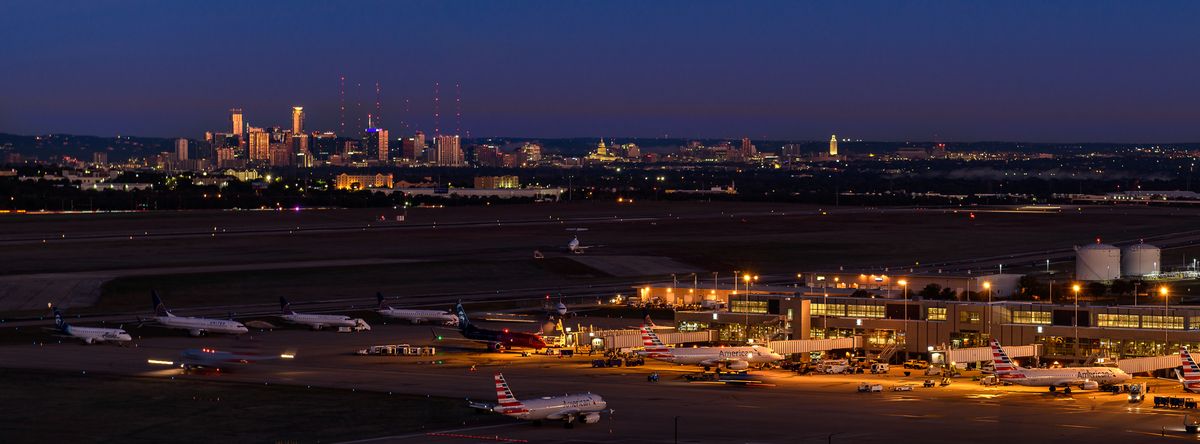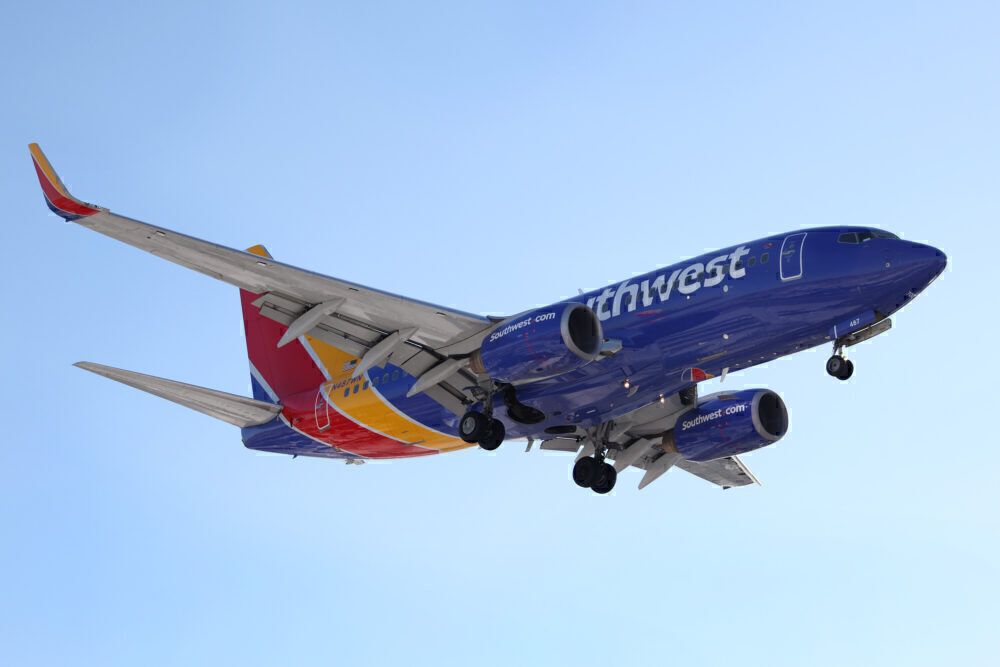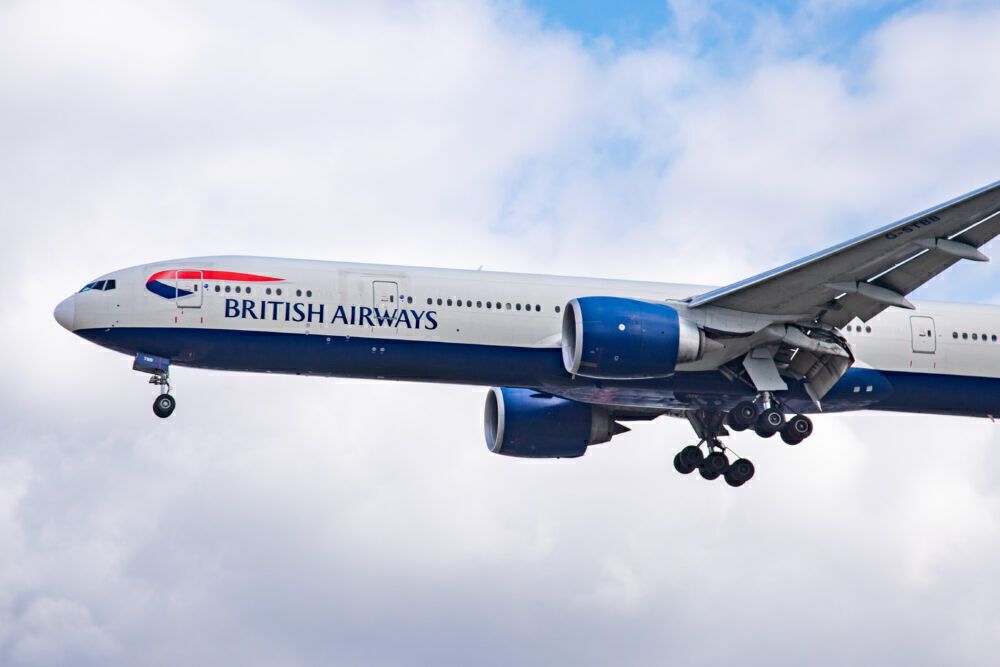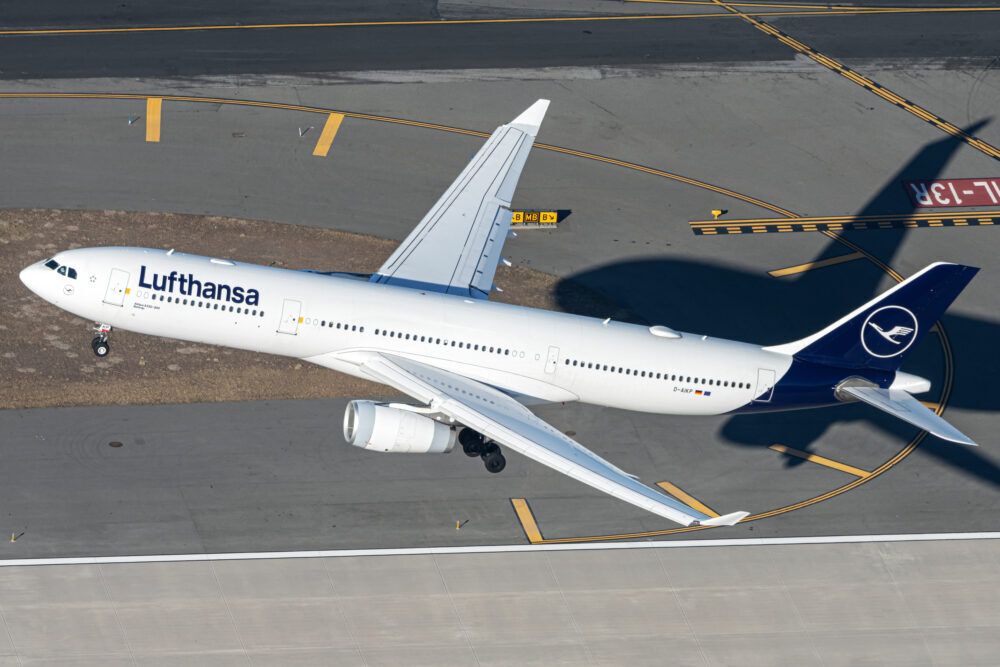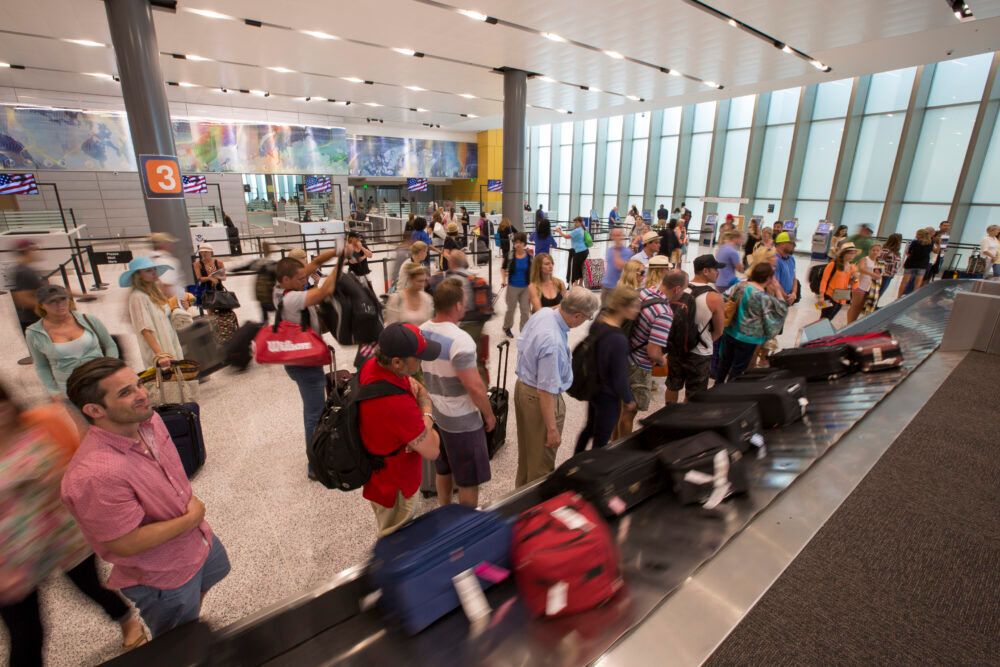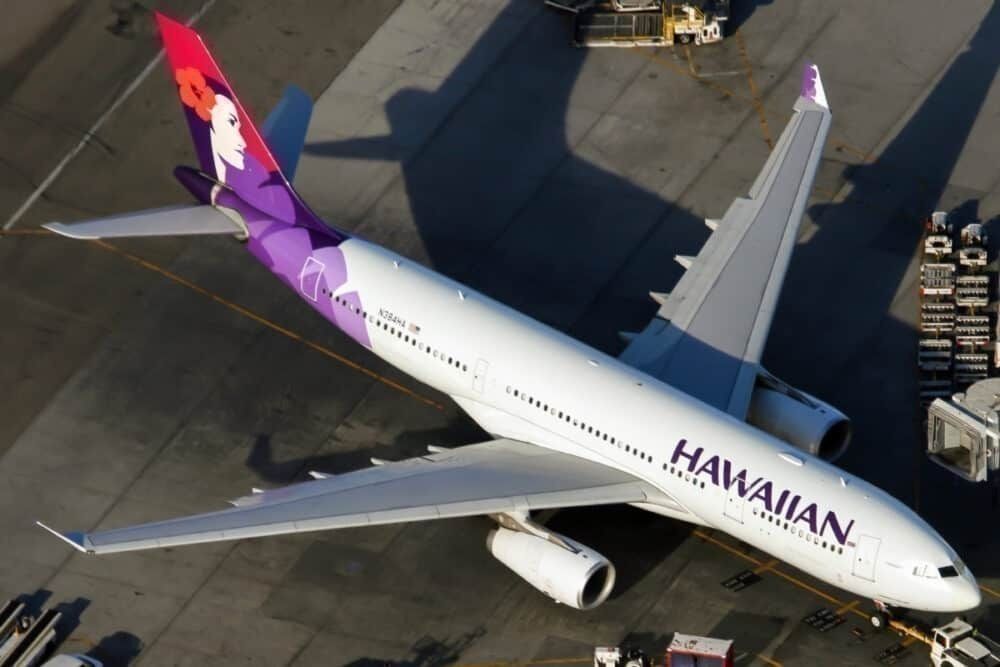Austin-Bergstrom International Airport (AUS) is one of the hottest airports in the United States. Airlines are adding new services to the airport, and American Airlines continues to build out a focus city out of the airport. As the city grows, airline services are also expected to grow. 2021 is proving to be a pivotal year for the airport's air traffic rebound.
Airline market share at Austin
Heading into July, this was the breakdown of seat share at Austin by airline:
- Southwest Airlines: 36%
- American Airlines: 21%
- Delta Air Lines: 13%
- United Airlines: 11%
- Alaska Airlines: 5%
- Spirit Airlines: 5%
- JetBlue: 3%
- Allegiant: 3%
- Frontier: 2%
- Other: 1%
Here is each airlines' respective capacity from July 2019"
- Southwest Airlines: 35%
- American Airlines: 16%
- United Airlines: 13%
- Delta Air Lines: 13%
- Frontier Airlines: 6%
- Spirit Airlines: 6%
- Alaska Airlines: 3%
- JetBlue: 3%
- Allegiant: 1%
- Other: 4%
Note that some airlines flew in summer 2019 to Austin that are not currently flying to the airport. Examples include British Airways and Lufthansa, which have suspended passenger operations due to the crisis and travel restrictions.
American Airlines' impressive growth
Compared to July 2019, American Airlines had impressive five points of capacity growth to cement itself as the second-largest carrier at the airport. Delta Air Lines also views Austin as one of its focus cities, and the two airlines competed at the end of 2019. However, American has started to take on an impressive lead.
At 21% of the market share, American Airlines is not done. Eight new and four seasonal routes launched this summer from the airline, but ten new domestic and four new international flights will start this fall. American Airlines will reach up to 75 daily departures from AUS to more destinations when all is said and done.
However, American's growth has broader ramifications. Looking at Alaska Airlines, the carrier is also planning to grow in Austin this year. The airline launched a new daily service to Boise and will serve Palm Springs later this winter. Alaska Airlines is banking both on its strength in the West Coast and the strong American Airlines point-of-sale position in Austin as a driver for its growth out of Austin.
Resuming and starting international routes
While subject to change, more international routes are coming to Austin. SkyTeam carrier and close Delta Air Lines joint venture partner, KLM, has loaded service to Amsterdam from March 28th, 2022. The airline is planning to fly three weekly flights from the city on 292-seater Airbus A330-300s. The airline previously expected to launch those flights in 2020.
Separately, British Airways could resume service to London-Heathrow from August 30th, at the earliest. This could be pushed back based upon the UK's reopening and any potential changes in the US border policy, which currently bars foreign nationals coming from Europe from entering the United States.
Lufthansa, which flies to Austin from Frankfurt, may come back from September 1st, at the earliest. Similar to British Airways, it will need to consider the overall travel environment and the nature of restrictions before deciding on resuming the long-haul route.
Air Canada could resume service on September 10th at the earliest, while WestJet is scheduled to return on May 1st, 2022. There is talk about the US-Canada border reopening for nonessential travel later this summer, but that remains to be seen.
Other airline growth at Austin
In terms of seat capacity, preliminary schedules place Austin's July 2021 seat capacity at just 5% below the same month in 2019. This is the lowest capacity decrease compared to pre-crisis months since the start of the crisis. Air travel is coming back.
Southwest Airlines is serving a record 38 cities this summer, indicating that it is also willing to put up a fight for Austin passengers. This includes service to Burbank, Miami, Minneapolis, Chicago (ORD), Orange County, Salt Lake City, and Sacramento.
Allegiant, which is expanding with a new base in November, has added new service to Bozeman and Northwest Arkansas. Meanwhile, Amarillo, Sioux Falls, Provo, Louisville, Springfield, Orange County, and Tulsa will start in November.
Spirit Airlines started Pensacola service and brought back both Cancun and Detroit flights. Newark will return this month, while Chicago and New Orleans service will return in September. However, the airline permanently discontinued service to Nashville, Baltimore, and Denver out of Austin.
One of the newest routes in Austin's portfolio is service to Honolulu onboard Hawaiian Airlines. Using 278-seat Airbus A330-200s, the airline started nonstop flights twice per week to Hawaii but later upgraded them to three weekly flights for the summer season.
Growth at Austin is expected to continue. As business travel continues to return, the airport is preparing for the influx of new services this fall and expanding to handle growth in the future. Stay tuned for more information about Austin's planned infrastructure growth to handle all the new airlines.
In the near term, the airport expects to see August 2021 capacity that is nearly even with 2019-levels of capacity and slightly ahead of 2019-levels come September. This will obviously depend on the return of nonstop long-haul international service and continued domestic growth.

